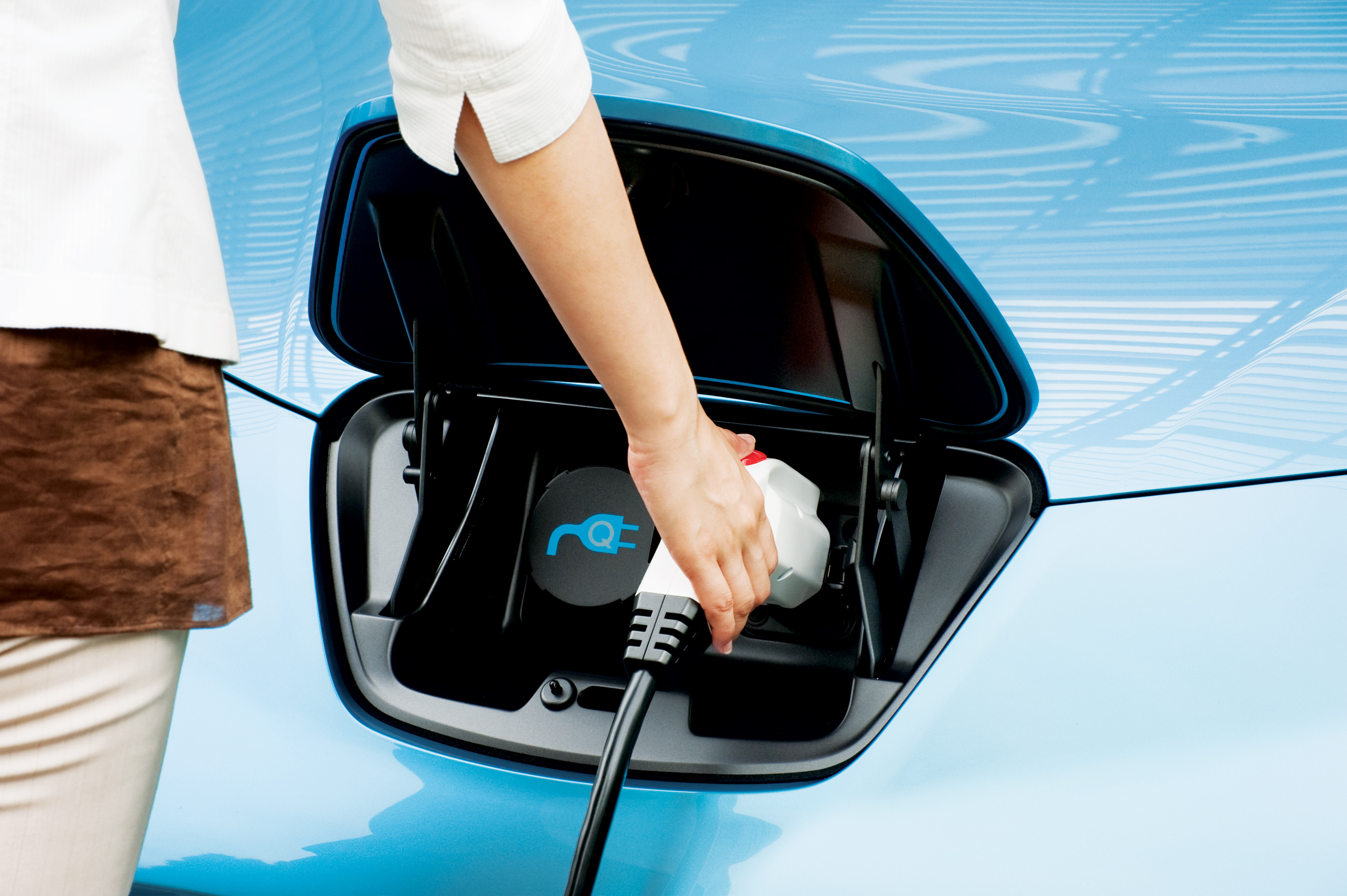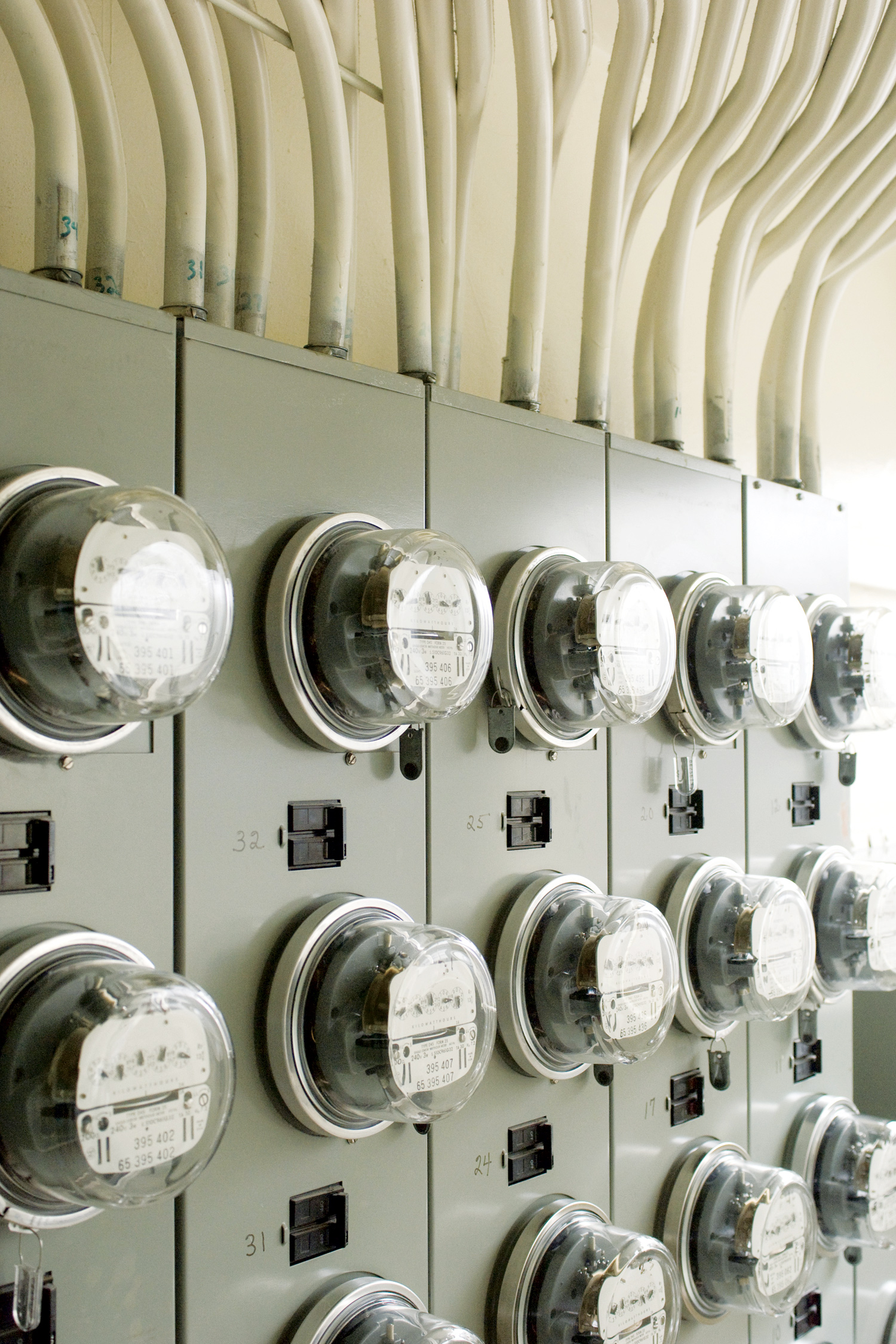The prospect of large-scale deployment of electric vehicles (EVs) raises significant issues for electric distribution utilities and service providers. Certainly, the commercial implications of EVs are significant, but the industry has yet to determine how EV charging will occur, how the cost for charging will be handled, and how the true cost of the energy – including carbon footprint –will be determined. Leaving aside those questions for a moment, the potential impact of EVs on local distribution networks is the current focal point for some utility engineering and operations personnel.

Jeff Meyers
Smart Grid Executive
Telvent
Most interested observers have gotten over the early hype-cycle view that a rapid deployment of EVs could shock the transmission and generation capacity of the grid. But, that does not mean that in specific localities, high penetrations of EVs will not pose problems for the distribution system. So, while every distribution company would welcome the new source of revenue, and the potential to balance peak demand to improve system load factor, it would be a mistake to overlook the possible consequences of EV adoption.
The Potential Impact
There are two primary types of charging available or planned for consumer vehicles. Level 1 (L1) charging is based on 120 volts, the normal voltage supplied in a home or office. Under L1 charging, a consumer EV would require 10 to12 hours for a complete charge, with a peak-imposed demand of 1.4 to 2 kilowatts (kW). Level 2 (L2) charging at 240 volts would speed up the charging time to 2.5 or 3 hours, raising the peak demand to about 6.6 kW. Level 3 (L3) charging, sometimes referred to as ‘fast charging,’ will be made available as larger numbers of EVs are deployed.
A realistic example can help to illustrate the potential impact. For simplicity’s sake, we can limit the discussion to an idealized substation feeder serving only residential customers. Suppose that a normal, 15 kilovolt (kV) feeder serves something like 1,000 homes, with a peak (diversified) load of 7 megawatt (MW). Suppose that 5 percent of those homes buy EVs, and that they all are willing to charge them at home after 9 p.m. Imagine that 25 percent of these EV owners are willing to employ L1 and the other 75 percent choose L2 charging, so that the average added load during peak could be as much as 5.5 kW per car. That could add up to 275 kW, or a very modest increase of 3.9 percent on our imaginary feeder. Not too daunting.
Now imagine that 80 percent of the new EVs all come to reside in a particular neighborhood, a scenario that is fairly realistic, when we consider the modern trends of neighborhoods with similar demographics.
Suppose that in one area served by our feeder, roughly 200 homes are connected from a branch, making a diversified peak of 1.4 MW. If 80 percent of new EVs connect in that area at 5.5 kW each, the added peak would amount to 220 kW, or a pretty hefty 15.7 percent increase.
That could strain the distribution system on a localized basis, overloading an already well-loaded transformer, or secondary cable segment. Some utility leaders have gone so far as to worry that EV-induced outages or other problems in the early stages might blacken the eye of EVs and inhibit deployment.
Penetration Anticipation
Utilities need to forecast and monitor the rate of EV adoption, which will vary considerably from one region to another, driven by a number of factors. That is why expectations regarding load growth from EVs and plans to coordinate with customers to optimize their impact can vary widely from one utility to the next. Conversations with some key utility personnel are revealing in terms of the factors associated with anticipation of high rates of EV penetration.
Albert Saenz is Sr. Electrical Engineer at Silicon Valley Power (SVP) in Santa Clara, Calif. Saenz anticipates good EV penetration.
“With the popularity of Hybrids in our area, we expect consumers to switch over to electric vehicles,” he said.
Saenz thinks penetration rates in Santa Clara will generally follow industry projections for California of 35 percent penetration of EVs by 2025, with 2 percent growth each year up to 2015, and 5 percent growth after that, through 2025.
Bruce Hamer, Principal Power Engineer at Burbank Water and Power (BWP) in Calif., intends to make a more detailed analysis of where and how many EVs his utility will serve.
“We expect and welcome early adoption which will occur in pockets in specific residential areas of the city, at specific employers, at some retail business locations and perhaps in one or two commercial districts in the city,” Hamer said. BWP has already received “a few calls for powering up a Nissan Leaf” and is putting work into an EV charging request processes. “Bottom line is we will better serve our customers if we are proactive in planning for the coming of Evs.”
Tom Suggs, VP of Engineering for Middle Tennessee Electric Membership Corporation (MTEMC) in Murfreesboro, Tenn., has an up-close-and-personal view of the EV revolution, given that MTEMC serves the North American headquarters for Nissan. MTEMC is a member of ‘The EV Project’, a partnership of auto manufacturers, utilities, and EV-related technology companies dedicated to creating infrastructure for the EV ecosystem.
“Some areas will see much more activity than others based on federal, state or local tax incentives and environmental concerns and regulations in certain areas,” said Suggs. “Since our utility serves the assembly plant where the Nissan Leaf will be built, we will most definitely see the impacts earlier than most areas due to our participation in the EV project.”
Liz Soria, EV Project Director at ENMAX Corporation, serving Calgary, Alberta, is utilizing a relatively conservative EV penetration curve in Alberta due to several factors such as the cold climate, and the tendency of Albertans to prefer larger vehicles. Additionally, Alberta does not offer any government incentives for EVs at this time. But that does not mean that ENMAX is not preparing for the potential demand; the utility is aggressively pursuing a 100-vehicle pilot to learn more about EV impacts and benefits and develop market products to promote adoption of Evs.

Wayne Longcore, director of Enterprise Architecture and Standards for Michigan utility Consumers Energy, also expects some neighborhoods to have relatively high adoption rates.
“There will be ‘(Nissan) Leaf’ neighborhoods, just like there are ‘(Toyota) Prius’ neighborhoods today,” said Longcore.
Doing some high-level math, Longcore quickly estimated that if the projected 1 million EVs are deployed by 2020 each state could average 20,000 vehicles. If the majority of those are clustered around environmentally-aware, affluent neighborhoods, Longcore also sees the potential for localized overloads, especially at the transformer level.
Localized Issues
All of the thought leaders in this conversation agreed that any problems in the early adoption timeframe of the next five years would be localized. Saenz, of SVP, commented that impact could be fairly immediate at the transformer level. He added that notification and the permitting process were likely to be significant barriers in the early adoption cycle. Tom Suggs (MTEMC) agreed, indicating that although there are no bulk power problems anticipated, there will be situations where, due to social interaction, groups of neighbors end up influencing each other to adopt EVs.
“This clustering effect can, and likely will, result in damaged transformers and small outages,” said Suggs.
Longcore (Consumers) was in alignment with that thinking, stating that he anticipates isolated transformer outages “within the next five years” due to clustered EV charging requirements.
Perhaps because of his California location, Hamer (BWP) expects the timeframe for impact to be fairly short. Southern California is an ideal place for early adoption of EVs and BWP welcomes the transition, which will substantially improve local air quality. BWP also sees promise for working with their customers to effectively manage EVs using vehicle-to-grid technology designed to help integrate renewables, distributed generation, and provided improved demand response.
“It will not take a lot of L2 chargers (240 volts ac) or L3 chargers (450 volts dc) on the same feeder to cause loading problems on distribution transformers,” he said. “Therefore we may have some minor problems on specific feeders in the next two or three years.”
Li (ENMAX) is projecting a longer timeframe for issues, but similar results, commenting that, “We don’t expect any impacts prior to 2015 but by 2020 we do expect to see local impacts at the transformer and substation level due to EV clustering.”
Wayne Longcore added a second dimension to the discussion regarding the nature of EV charging.
“There are three different interested parties in the charging equation, each with different objectives,” according to Longcore. “The battery manufacturer wants the car to be used as close to the end of a full charging cycle as possible, to prolong the life of the battery. The utility wants to distribute the location of charging vehicles around the system and to diversify the time that vehicles are charging in order to prevent a localized or a system peak. And the consumer wants to charge their car in the most cost-effective way with reasonable convenience.”
Those objectives are in some ways opposed to one another and could lead to different charging patterns.

Mitigation Strategies
Given the localized nature of impending distribution problems, it is not surprising that each of these utilities is focused on knowing where EVs will plug into their networks.
Tom Suggs summarized the problem: “How are we notified that a customer has added an EV charging station at their home; how do we determine transformer and service adequacy; who pays if the service needs to be upgraded; what happens if two or three EVs are suddenly charged from a common distribution transformer and the transformer fails?” he asked.
Solving the problem will require changes in both process and technology. Most utilities today have or are developing EV charging permit requirements. A lot of thought and work is going into work flows and processes to get a permitted charging station available to the consumer, with locational data that can be used by network engineers and operators to identify trouble spots.
A good network and asset model, with accurate and up-to-date data about line and transformer capacity will be key. Advanced analytics, including implementation of advanced distribution management systems (DMS) will be critical to this solution. Coupled with intelligent line and transformer sensors, DMS can help operators to understand in real-time where the network might be in trouble, and smarter meters could be a huge benefit, providing end point data to more effectively manage the network.
Albert Saenz identified the key technologies in SVP’s strategy…
“We plan on utilizing an advanced metering infrastructure (AMI) and integrated system model (ISM) to better manage our changing distribution environment,” he said.
But knowing where and when charging will occur is only the first step. Service providers will also need tools to help manage EV charging loads, incentivizing consumers to charge EVs in a more distributed, diversified pattern.
“Ultimately, we can add more data points, like smart meters and line sensors, and more broadly applied real-time monitoring to understand the extent of the problem,”
Bruce Hamer adds that BWP will develop a demonstration program with the goal of testing the whole value chain of EV charging.
“We envision demonstrating one or more charging devises that communicate with EVs and determine battery storage status, then transfer that information to the utility DMS. This would enable the utility to either proceed with charging the EV, cycle the charge, or schedule the charge for later,” Hamer said. “The idea is to charge only the EVs with near depleted battery power, when the utility is having a peak energy event.”
Not content waiting for technological advances, Soria and ENMAX are striving to mitigate any potential EV demand issues by actively trying to stimulate EV growth through its pilot project.
“ENMAX Corporation is taking steps that will accelerate the adoption of EVs in the province by developing pricing plans, products and services to make it easier for Albertans to bring home an EV,” said Soria. “The impact of ENMAX’s pilot on EV adoption will be felt immediately by more than doubling the number of EVs currently registered in the province.”
In summary, it is safe to conclude that EVs will have an impact on utilities with greater emphasis in some specific locations within their service territories. Along with their potential environmental and commercial benefits, EVs will bring localized distribution problems. Knowing where those loads will occur, having the data and tools to analyze their impacts, and providing incentives for network-friendly charging patterns will be key to both consumers and utilities realizing the potential of electric vehicles.
About the Author
Jeff Meyers currently serves as a Smart Grid executive for Telvent. In this role, Jeff provides support to Telvent staff and customers regarding the business value and approaches to smart grid implementations. Since 1987, he has worked on more than 50 GIS development projects for gas, electric and other utilities, based on the developing and evolving technology of ESRI and Telvent. Jeff can be reached via email at jeff.meyers@telvent.com.







